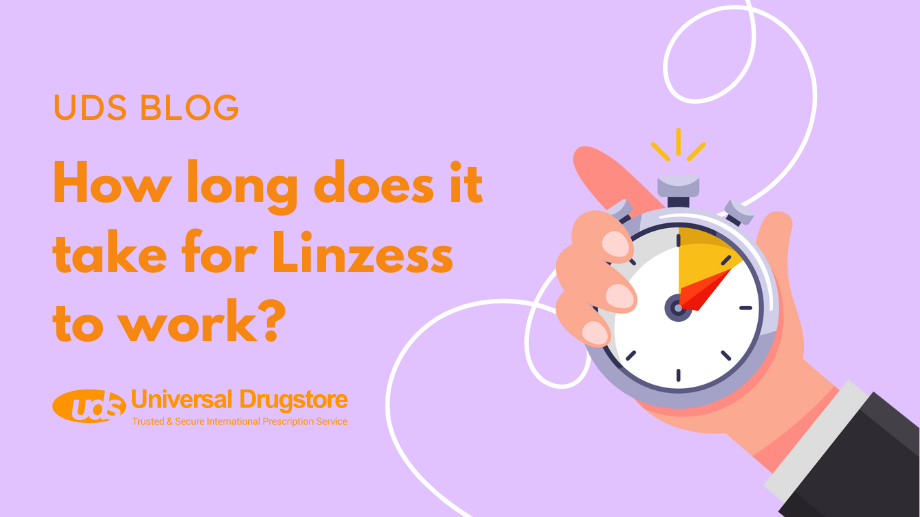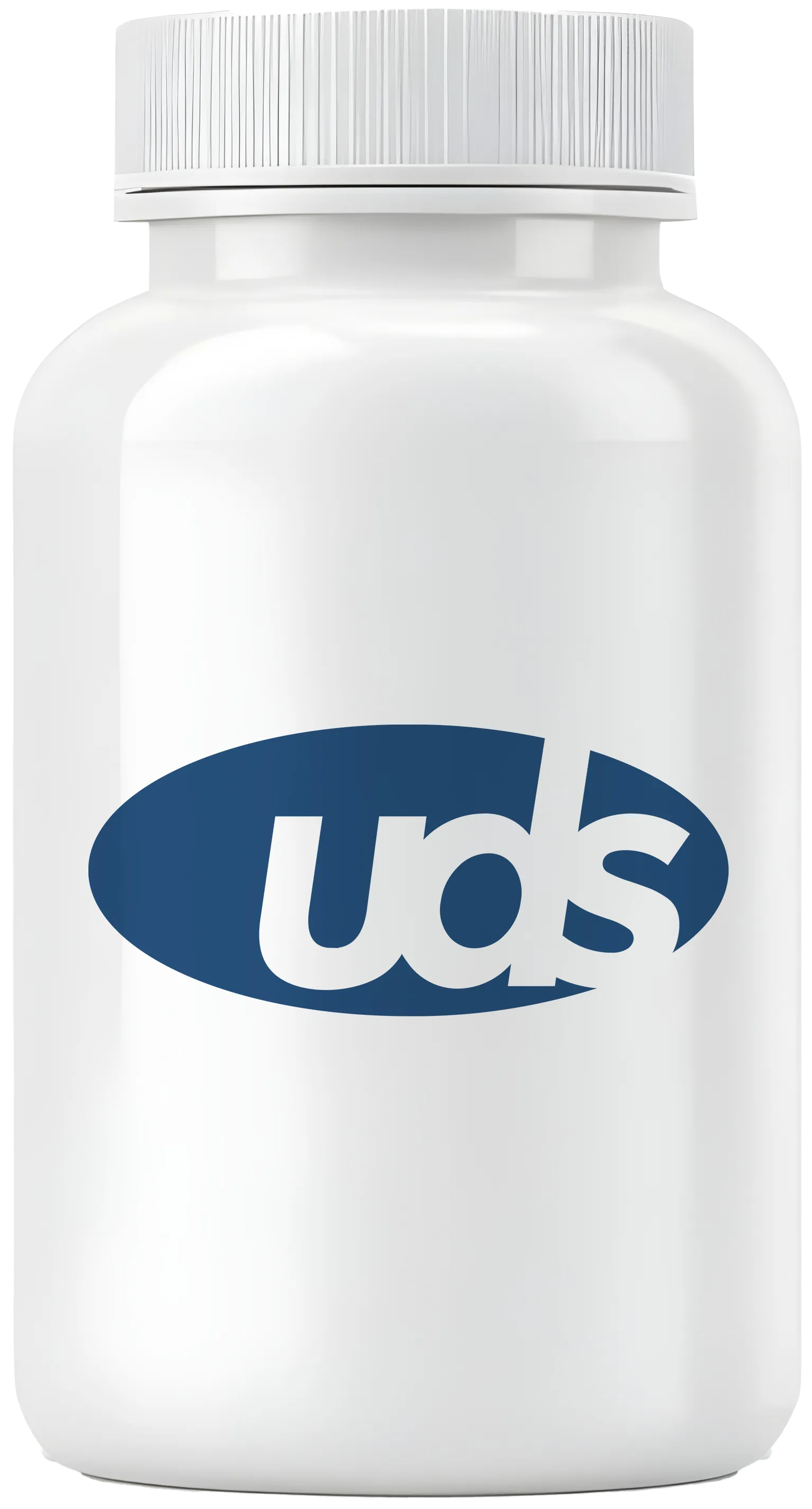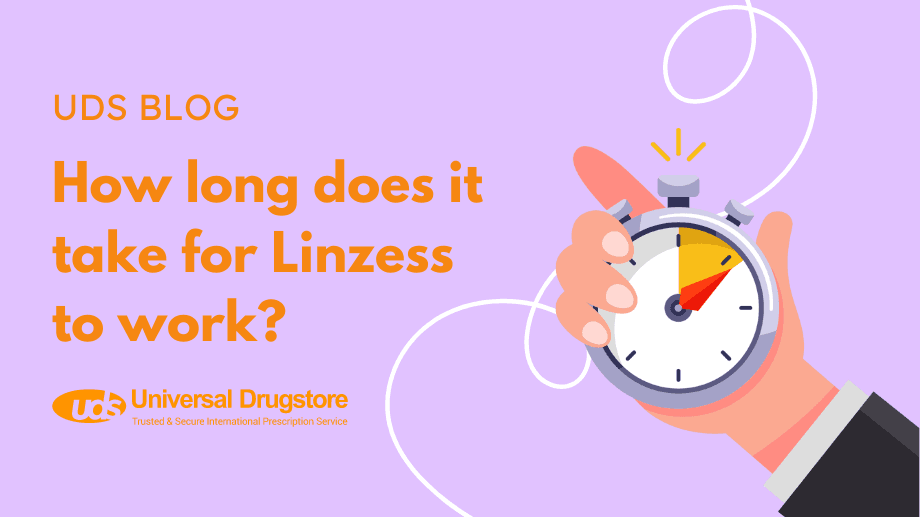How long does it take for Linzess to work?

If you suffer from irritable bowel syndrome with constipation (IBS-C), chronic idiopathic constipation (CIC), or functional constipation (FC), one treatment option your healthcare provider may prescribe is Linzess (linaclotide). Understanding how this medication works and how long it takes to start working will help you know what to expect.
How quickly Linzess starts working will vary from person to person. However, in clinical studies where Linzess was taken every day, most people noticed improvements in their constipation in about a week. People with IBS-C also began to get relief from stomach pain, bloating, and discomfort within around a week of starting the medication as well. With continued daily use of Linzess, how often you have complete bowel movements and stomach-related symptom relief should continue to improve over time.
Read on as we will go into more detail about Linzess and answer some frequently asked questions.
Linzess FAQs
How does Linzess work?
While Linzess (linaclotide) can help relieve symptoms of constipation, it works differently than a laxative. It is a guanylate cyclase-C agonist (GC-C agonist) that is thought to work in 2 different ways. GC-C is a protein that works in your intestines. Linzess stimulates the GC-C receptor, which helps increase the secretion of chloride and water in your intestines. This can help soften your stool and speed up the movement of food through your digestive tract. It also calms pain-sensing nerves in your intestines. These actions can help relieve chronic constipation as well as stomach pain and discomfort.
What is Linzess used for?
Linzess (linaclotide) is a brand-name prescription medication approved by the FDA to treat the following gastrointestinal (GI) disorders:
- Irritable bowel syndrome with constipation (IBS-C) in adults
- Chronic idiopathic constipation (CIC) in adults
- Functional constipation (FC) in pediatric patients 6 to 17 years of age
What doses of Linzess are available?
Linzess is available as a capsule in the following strengths:
- 72 mcg
- 145 mcg
- 290 mcg
Your dose of Linzess will depend on the condition being treated. For adults with IBS-C, the usual dose is 290 mcg by mouth once daily. Those with CIC typically take 72 mcg or 145 mcg once daily. Pediatric patients 6 to 17 years old with FC usually take 72 mcg once daily.
How do you take Linzess?
Linzess should be taken on an empty stomach at least 30 minutes before your first meal of the day or as directed by your healthcare provider. It should be taken around the same time each day. Swallow the capsule whole and do not crush or chew it.
If you have trouble swallowing, speak to your provider. You may be able to open the capsules and mix with applesauce or bottled water. If you miss a dose, skip it and take your next dose at the regular time. Do not double doses.
What are the side effects of Linzess?
The most common side effects in clinical trials included:
- Bloating
- Diarrhea
- Flatulence (gas)
- Abdominal pain
Other less serious side effects include:
Shop Medications
- Headache
- Nausea
- Vomiting
- Indigestion
- Urgent need to have a bowel movement
- Inability to control bowel movements
- Infections (such as sinus, stomach flu)
Rare but serious side effects include:
- Severe allergic reaction (hives, swelling, trouble breathing)
- Severe diarrhea leading to dehydration
- Risk of fatal dehydration in children under 2 years
Contact your healthcare provider or report side effects to AbbVie at 1-800-678-1605 or the FDA at www.fda.gov/medwatch.
Are there any drug interactions with Linzess?
No drug interactions are listed for Linzess at this time. However, always tell your healthcare provider about all medications, vitamins, or supplements you are taking.
What warnings and precautions are there with Linzess?
Boxed Warning
This medication carries a boxed warning due to the risk of fatal dehydration in children younger than 2 years. Linzess should not be used in this age group.
Precautions
- Any type of bowel blockage
- Allergy to any ingredient in Linzess
- If you are pregnant or plan to become pregnant
- If you are breastfeeding
Linzess was not found in breast milk during studies. Talk with your provider about risks and benefits while breastfeeding.
How do you know if Linzess is working?
You should begin to notice constipation relief within about 1 week. People with IBS-C may also experience less stomach pain and bloating. If symptoms don’t improve or worsen, consult your healthcare provider. You may need a different treatment option.
Where should you store Linzess?
Store Linzess at room temperature between 68°F and 77°F (20°C to 25°C). Keep it in the original container with the desiccant to protect from moisture.
Is it better to take Linzess at night?
No, Linzess should be taken in the morning on an empty stomach at least 30 minutes before your first meal. Taking it with food may cause increased side effects like gas, diarrhea, and stomach pain.
Related medications
- Trulance (plecanatide)
- Amitiza (lubiprostone)
- Ibsrela (tenapanor)
- Motegrity (prucalopride)
- Miralax (polyethylene glycol 3350)
Sources
- Allen P, Setya A, Lawrence VN. Pediatric Functional Constipation. StatPearls. Accessed July 15, 2024.
- Thomas RH, Allmond K. Linaclotide (Linzess) for IBS-C and CIC. P T. 2013 Mar;38(3):154-60. Accessed July 15, 2024.
- Linzess (linaclotide) capsules. FDA. Accessed July 15, 2024.
- Linaclotide (Rx). Medscape. Accessed July 15, 2024.
- Lacy BE, et al. ACG Clinical Guideline: Management of IBS. Am J Gastroenterol. 2021;116(1):17-44. Accessed July 15, 2024.




